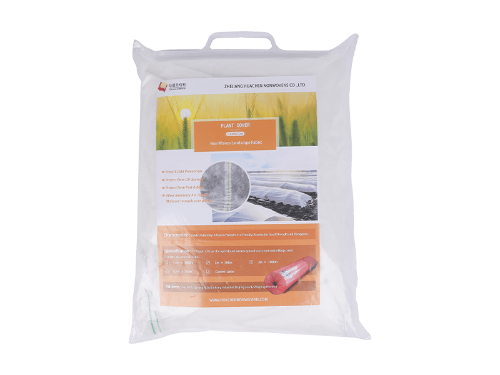
As a new type of material, agricultural use nonwoven fabric has attracted more and more attention in the field of agriculture. Its lightness, breathability, durability and other characteristics make it an important auxiliary material in agricultural production. This article will explore the various uses of nonwoven fabrics in the agricultural field in depth and explain its advantages and future development prospects.
Nonwoven fabrics are widely used in the field of agricultural covering. For example, they are used to cover fruit trees and vegetables to prevent crops from being affected by bad weather and reduce the labor intensity of farmers. In addition, nonwoven fabrics can also be used as soil covering materials, which can reduce water evaporation, increase soil temperature, and help crop growth.
Nonwoven fabrics also play an important role in the field of agricultural protection. It can be used to make agricultural covering cloth, sunshade nets, etc., which can effectively prevent crops from being invaded by pests and pathogens, reduce the use of fertilizers and pesticides, and reduce environmental pollution.

In addition, nonwoven fabrics also play an important role in packaging and transportation in agricultural production. It can be used to make agricultural product packaging bags, fresh-keeping bags, and can also be used to reinforce fruit and vegetable boxes, meat packaging, etc. This not only improves the freshness and aesthetics of the product, but also reduces packaging costs.
The application prospects of non-woven fabrics in the agricultural field are very broad. Its lightness, breathability, durability and other characteristics make it a powerful assistant in agricultural production. In the future, with the continuous advancement of agricultural modernization, it is believed that the application of non-woven fabrics in the agricultural field will be more diversified and extensive. I hope that this article can bring some inspiration and thinking to readers, so that everyone can pay more attention to and understand the importance of this emerging material in the agricultural field.
